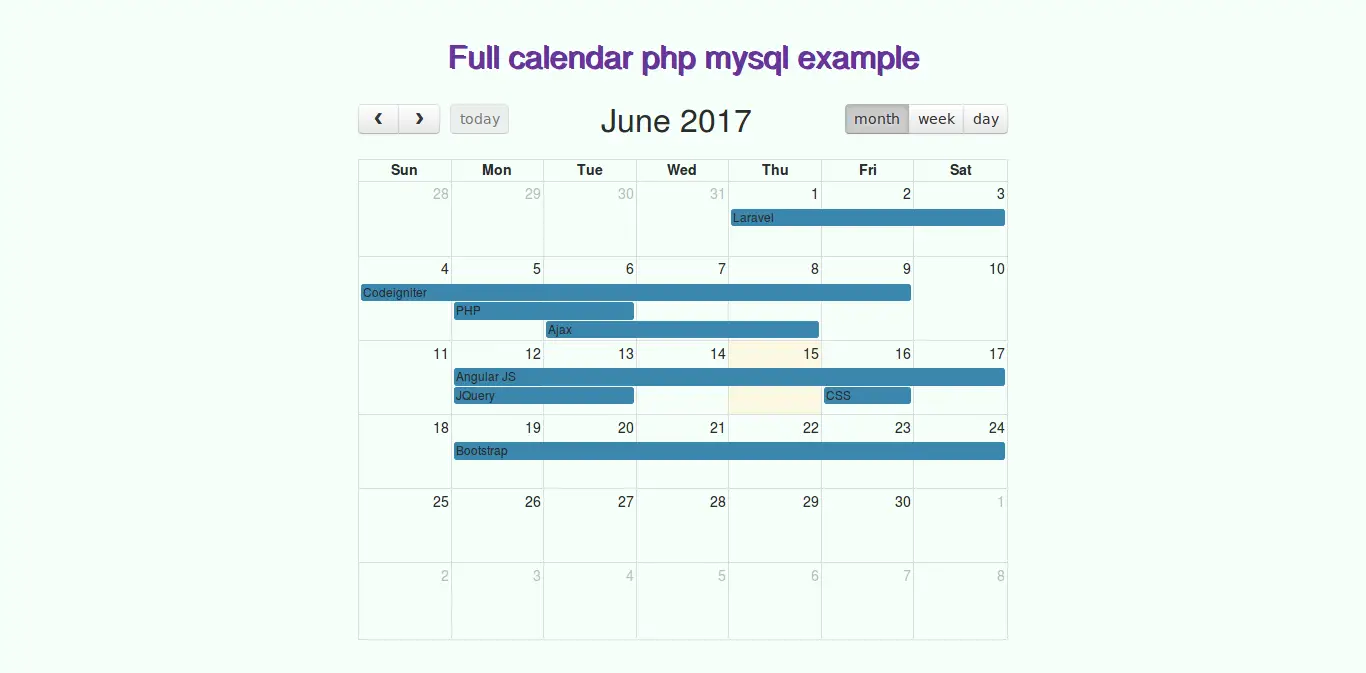

Upgrade the MySQL server to v5.5.3+, or ask your server administrator to do it for you. Safety first Step 2: Upgrade the MySQL server. Create a backup of all the databases on the server you want to upgrade. If you got a form in a HTML page, you will need to make sure the page is delivered using the right character set in the HTTP content-type header doing this will make the browser submit the form as unicode. Switching from MySQL’s utf8 to utf8mb4 Step 1: Create a backup. It is not always as simple as creating a database with UTF-8. This does not solve the problem! You still got a miss-match. To create a new database using the MySQL Workbench, you follow these steps: First, launch the MySQL Workbench and click the setup new connection button as shown in the following screenshot: Second, type the name for the connection and click the Test Connection button. Some people do not understand this problem, and so they simply recommend to use HTML entities like: Creating a new database using MySQL Workbench. If you do use UTF-8, and you still got problems with characters not displaying correctly, keep in mind, if there is a miss-match between the encoding of the data in your database, database-connection or static file and the specified encoding in the HTTP Content-Type header, certain letters will be replaced with gibberish characters (Aka Mojibake).

It also avoids problems with user input on HTML forms, as well as browsers different ways of handling characters that fall outside of whatever "limited" character encoding you might otherwise use – could be Latin-1 - ISO-8859-1).

UTF-8 is recommended for the web because it has support for all unicode characters, and thereby allow you to use language-specific characters without having to use HTML entity replacements. CREATE DATABASE name_of_new_database CHARACTER SET utf8mb4 COLLATE utf8mb4_unicode_ci Why using UTF-8 is recommended


 0 kommentar(er)
0 kommentar(er)
